Scientists at UC Irvine have issued a warning about a massive ice sheet in Antarctica that is melting faster than they originally expected. The ominously named “doomsday” ice sheet, formally known as the Thwaites Glacier, could cause the world’s oceans to rise nearly 2 feet.
Several changes in melting patterns have been noted by researchers tracking the glacier’s progress. Experts must now rethink projections about how much and how fast the ocean’s levels are rising.
Research Led at UC Irvine
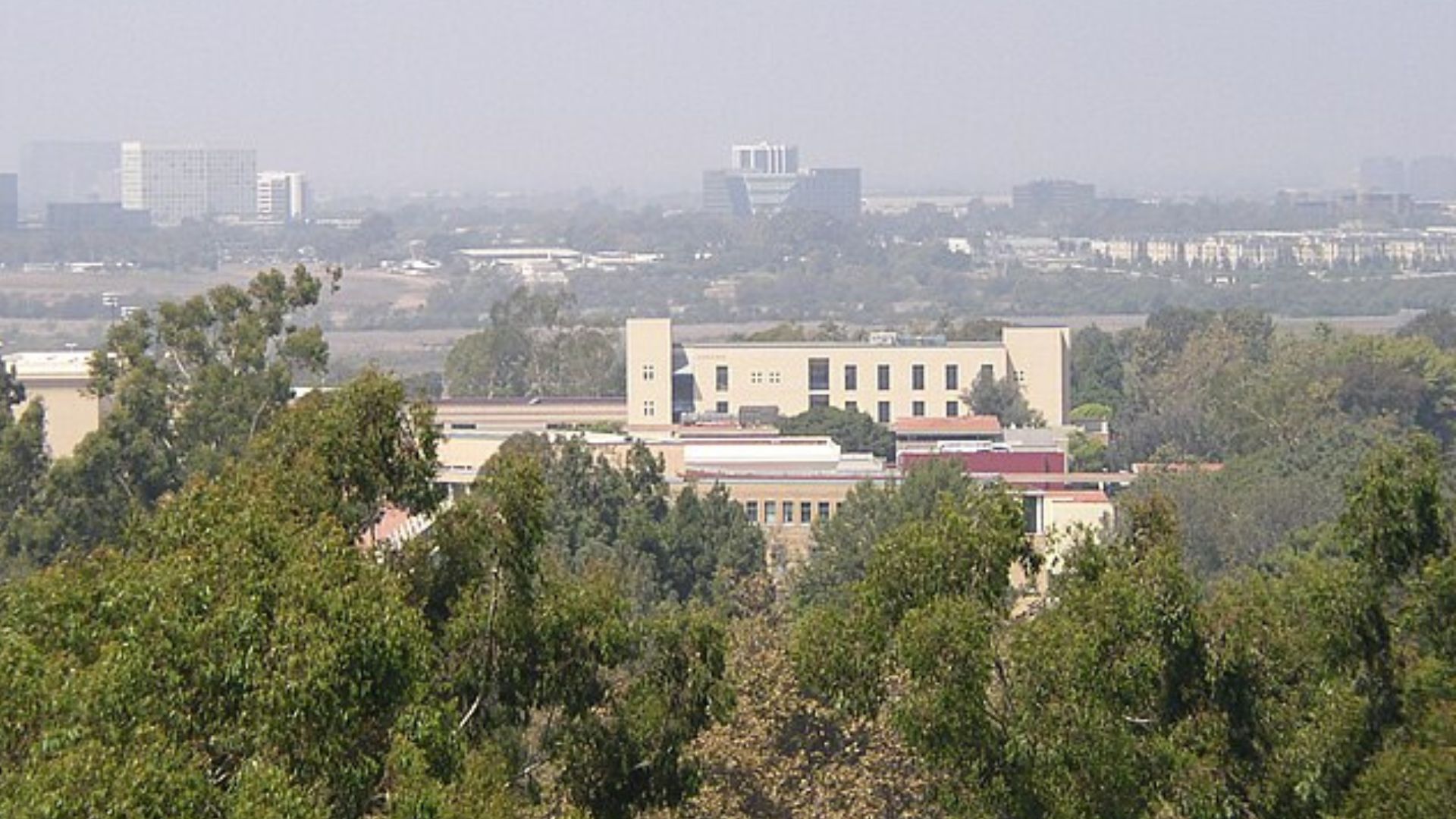
A team of glacier experts at the University of California Irvine campus published a report concerning the melting projection of the massive sheet of ice.
In the report, the researchers note that the warm saltwater moving between the Thwaites’ ice and its supporting land mass (Antarctica) has caused the glacier to melt at a rate much faster than previously recorded.
Profound Effects Anticipated if the Glacier Continues To Melt
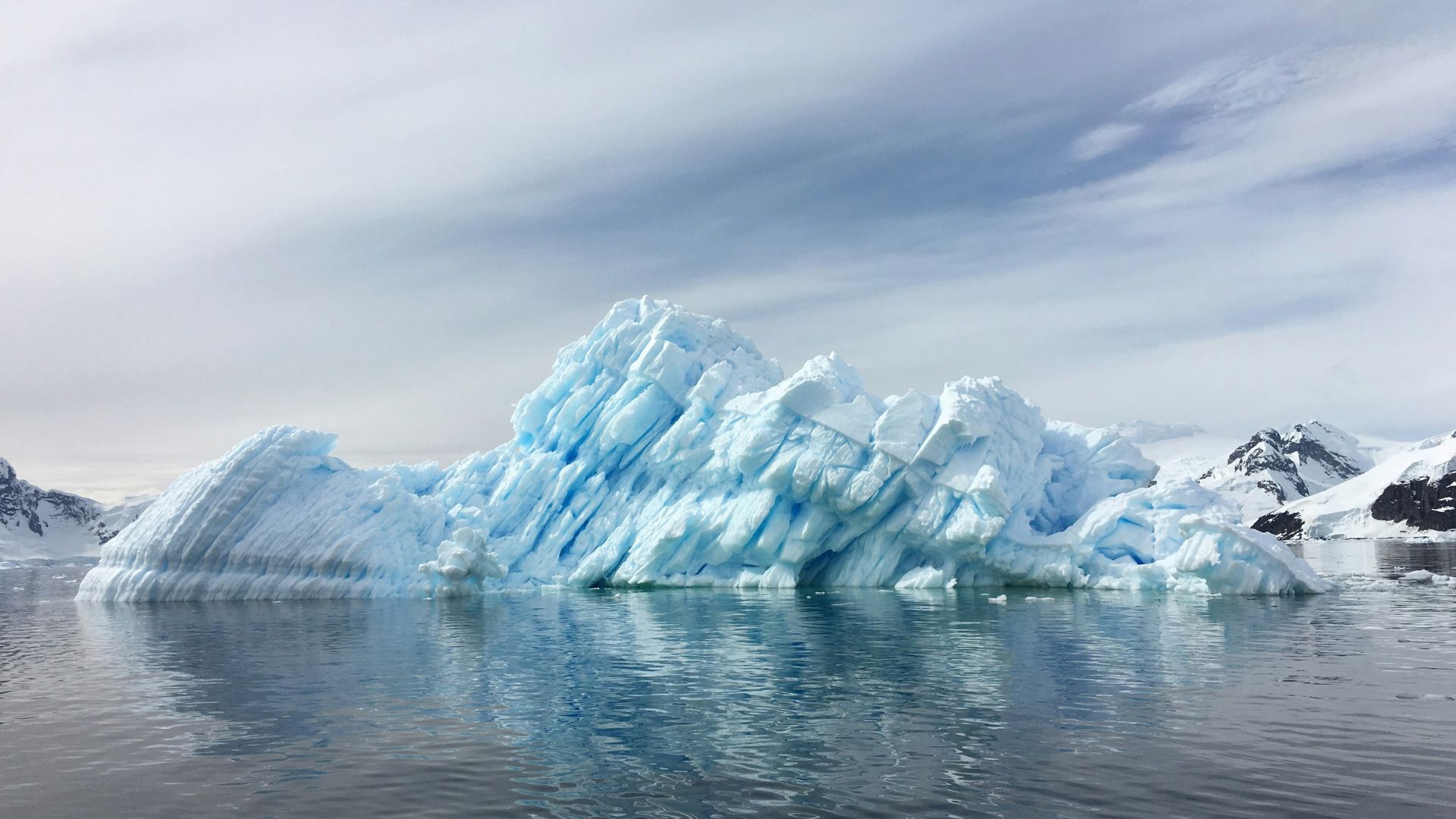
The massive sheet of ice is roughly the same size as the state of Florida. Researchers note that as the glacier continues to erode and melt, the sea level will rise drastically. The team predicts that a large number of coastal communities and homes will be swept away by rising waters and erosion in the near future.
Low-lying beaches like Seal Beach and the Maldives might disappear completely. Researchers assume the sea level could rise by as much as two feet. As more water is added to the ocean, marine life and ocean currents will also suffer.
The Reason for the Drastic Melt Is Surprising Scientists
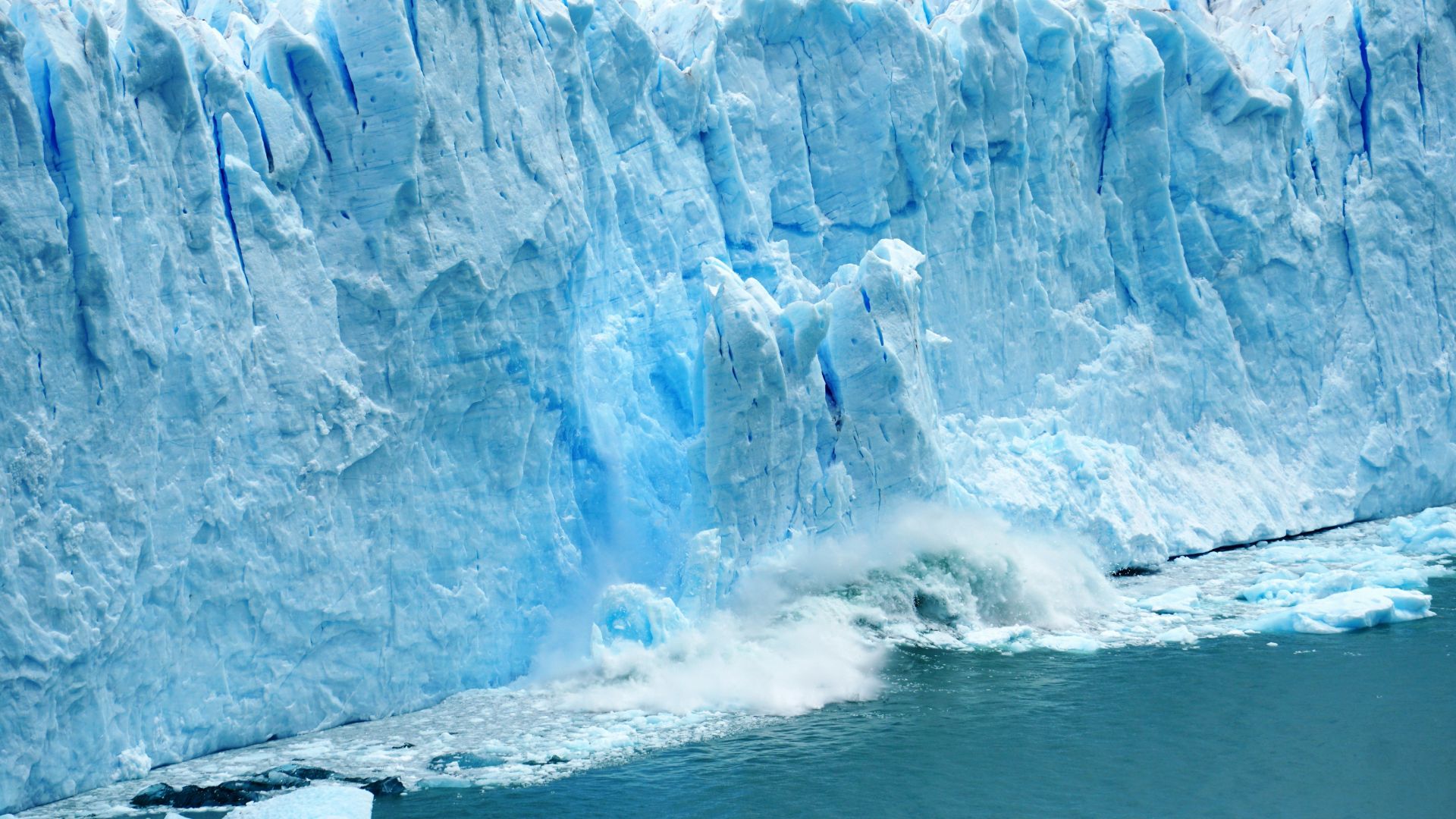
Researchers tracking the glacier’s progress are unsurprised that the ice sheet is losing mass over time. For the past 40 years, Thwaites has increased the ocean’s water by 4%.
Instead, the scientists are befuddled by the glacier’s melting rate and its apparent rapid progress.
Warm Ocean Water Eating the Underside of the Glacier
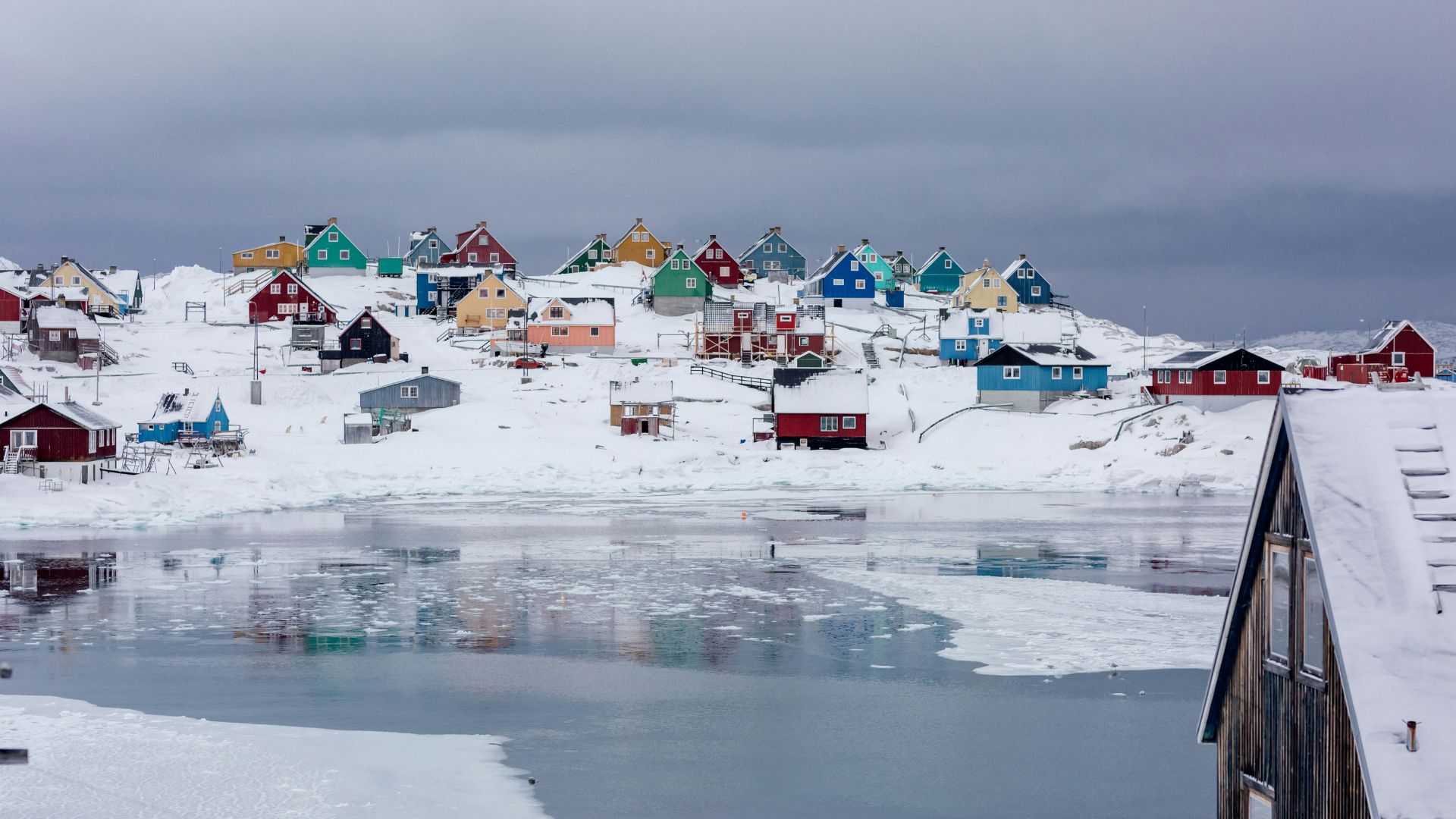
Research teams looked at radar-generated images from the previous spring using X-ray technology to see underneath the thin ice sheet.
What they found was extremely alarming. Warm salt water known for eating ice sheets in the North Pole has been found under Thwaites. Previously, the ice sheets in Antarctica and Greenland have been immune to this particular problem in previous years.
Lead Professor Alarmed at the New Findings
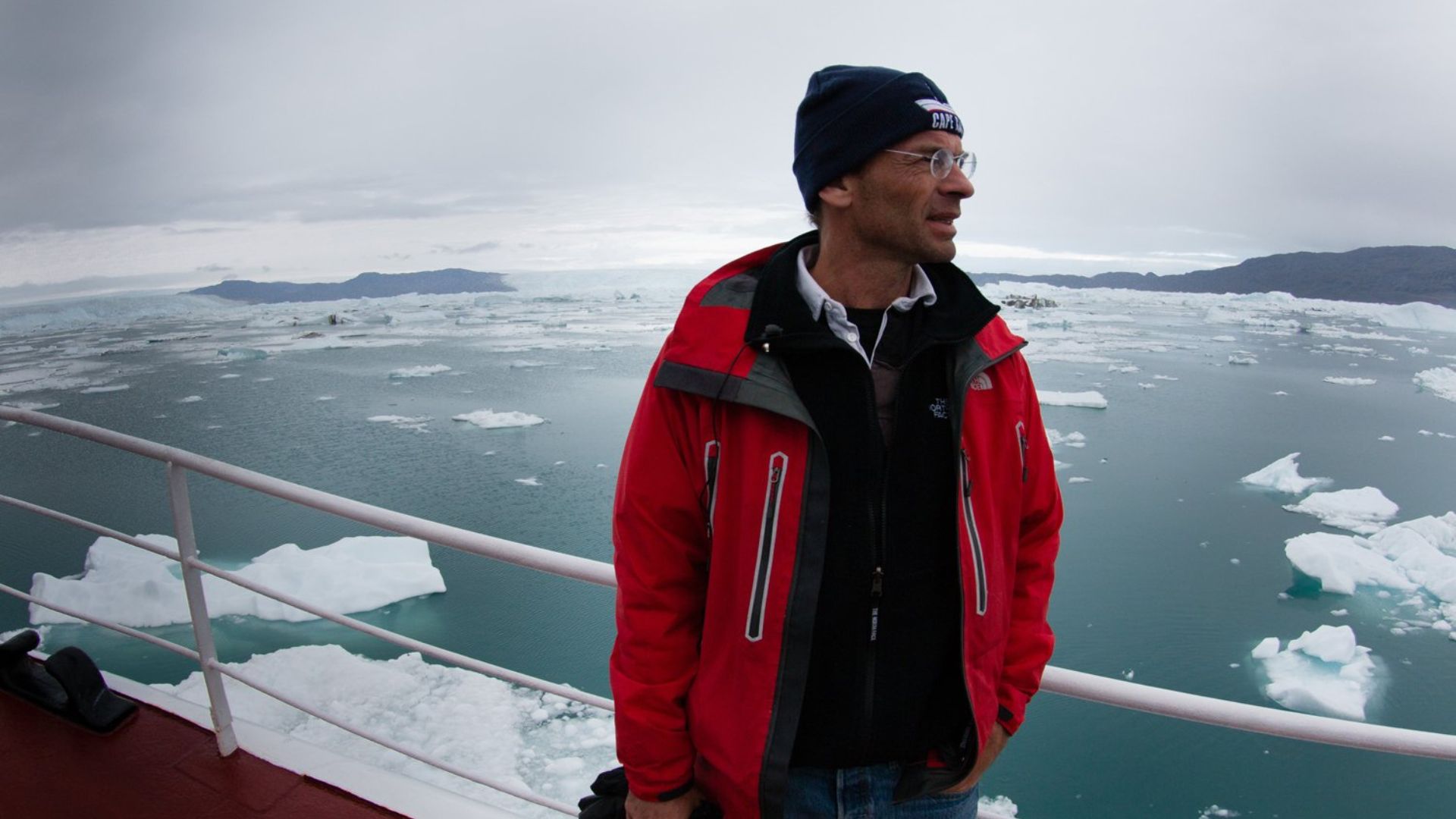
Eric Rignot, a professor of Earth Sciences at UC Irvine and the lead author of the reported findings, noted that “We know that warm (ocean) water eats ice from below when that ice is floating.”
He added more information about the process; “Because tides lift up the glaciers, this allows sea water to go very far beneath the glacier; much farther than we thought.” Scientists were not previously aware that this process occurred under grounded ice.
Second Threat Posed by Thwaites Melting
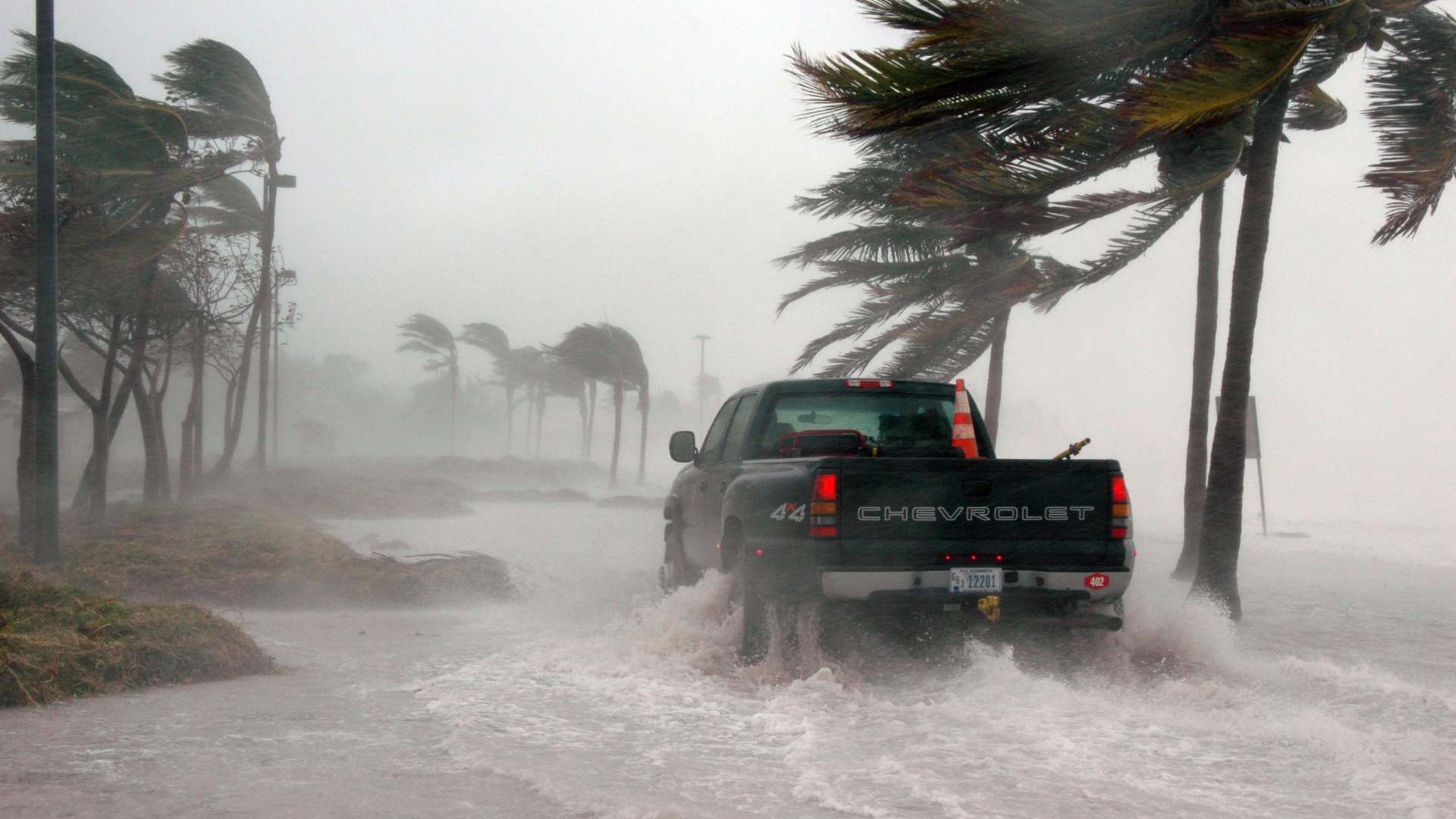
As the glacier continues to melt into the ocean, it adds water to the world’s oceans and increases the prevalence of extreme weather formations like tidal waves and hurricanes.
In addition to the alarming weather events, the glacier acts as a huge, natural dam that blocks a large amount of runoff water from Antarctica’s other melting glaciers. As the ice sheet melts, it will also open the floodgates of other melting ice formations, causing a massive increase in liquids.
Extremely Unstable Formations on the Brink of Disaster
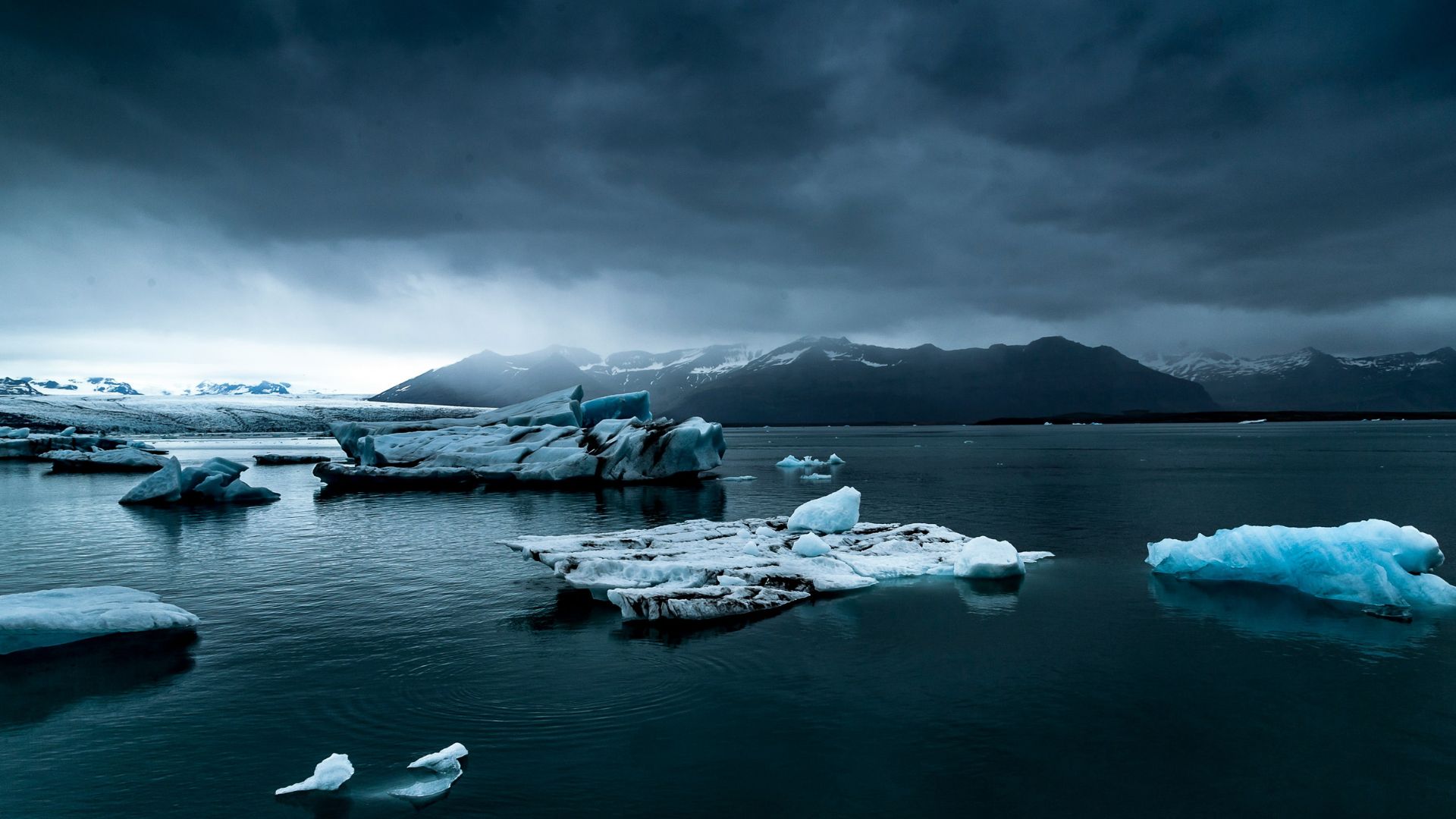
Professor of glaciology at the Univesity of Waterloo in Ontario, Canada, Christine Dow, said of the ice formation, “Thwaites is the most unstable place in the Antarctic and contains the equivalent of 60 centimetres [23 inches] of sea level rise.”
The extreme heat causing warm saltwater remains one of the leading causes of global weather events. The speed at which Thwaites seems to be melting means that many coastal communities will likely be displaced in the next 75 years.
Floating Ice Around Antarctica Is Down This Year

The detailed report on the Thwaites ice sheet comes at a time when scientists have discovered alarming news about ice surrounding the continent of Antarctica.
The National Snow and Ice Data Center published important information on the floating ice surrounding the southern continent. Their findings show that the ice is down by roughly 15%, and a gap the size of Texas has begun to form.
The Southern Hemisphere Has Traditionally Melted Much Slower
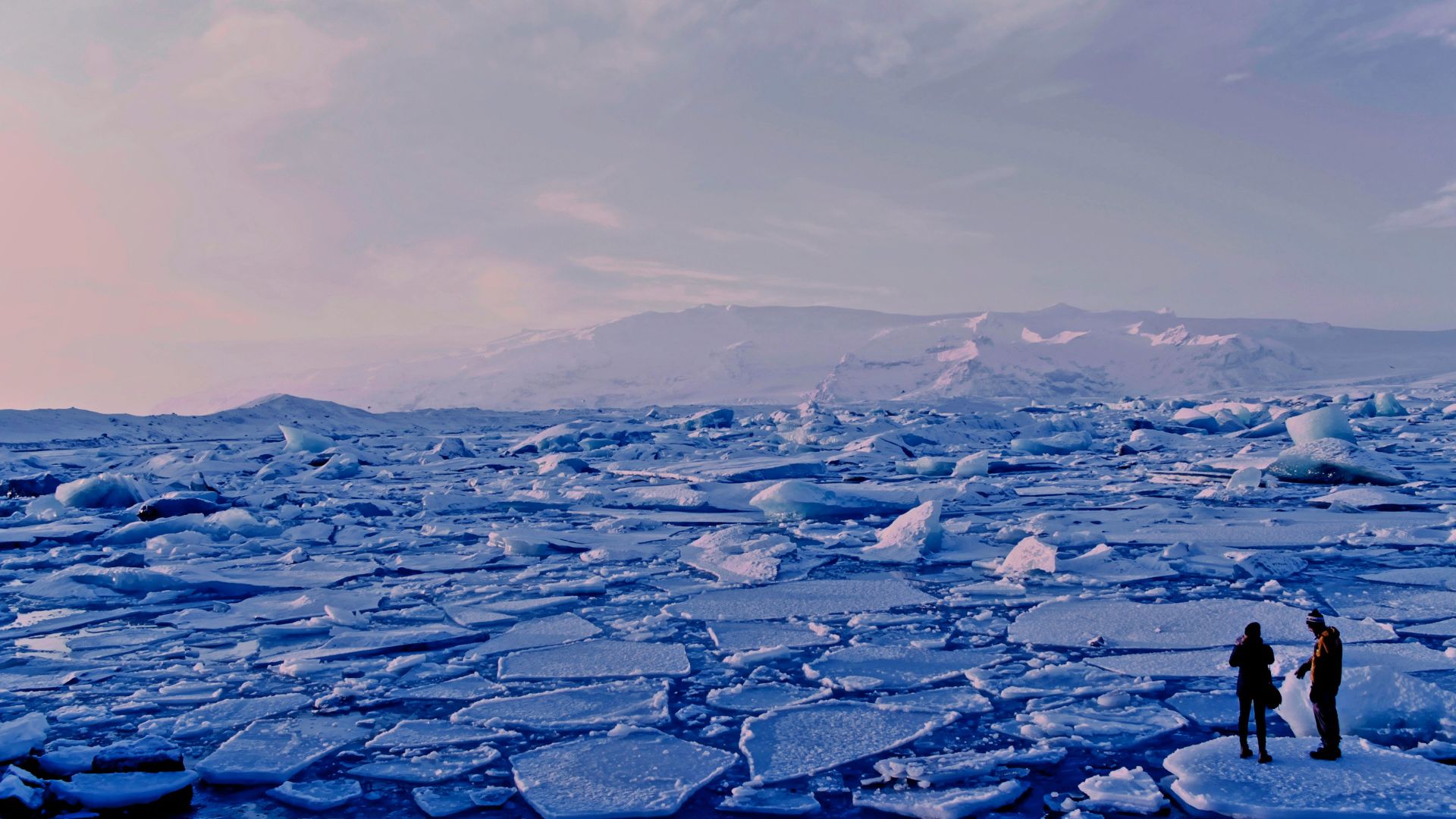
Researchers have been raising the alarm on the melt occurring in the Southern Hemisphere as it appears to be melting much faster than previously recorded.
Most of the ice melting that affected global sea level rise occurred around the North Pole. Now, however, the levels of annual ice sheets in Antarctica appear to be disappearing quicker than ever before. All-time lows have been recorded in 2017 and 2022.
Land-Based Glaciers More Concerning for Water Rise
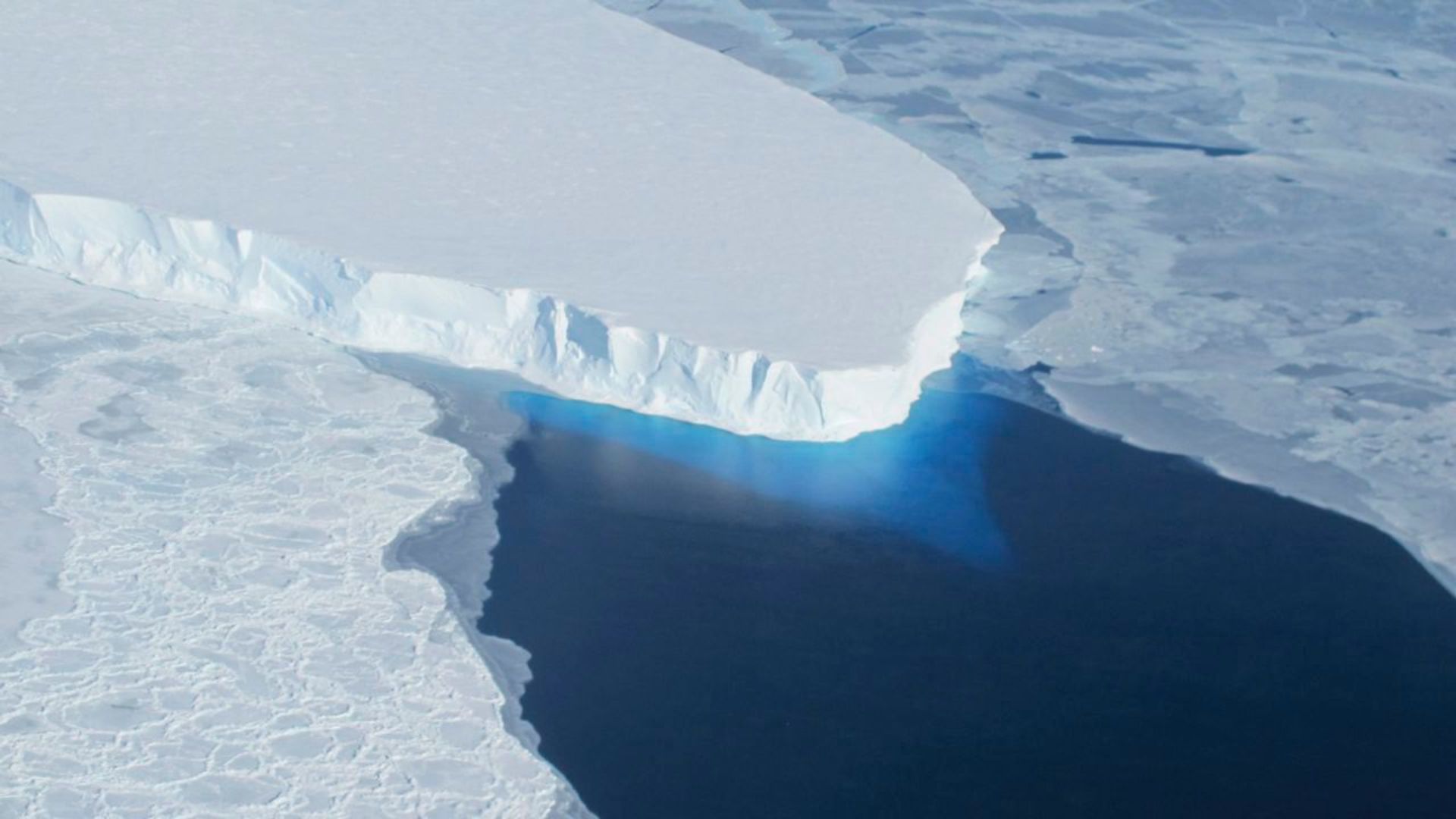
As water-based ice sheets floating throughout the ocean are already mostly submerged, melting will not significantly change the global sea level rise.
Instead, the major concern is the amount of land-based glaciers that have melted in recent years. Most of the ice on the Earth’s surface is above water, creating large landmasses around the North and South poles.
More Research in the Area Is Needed
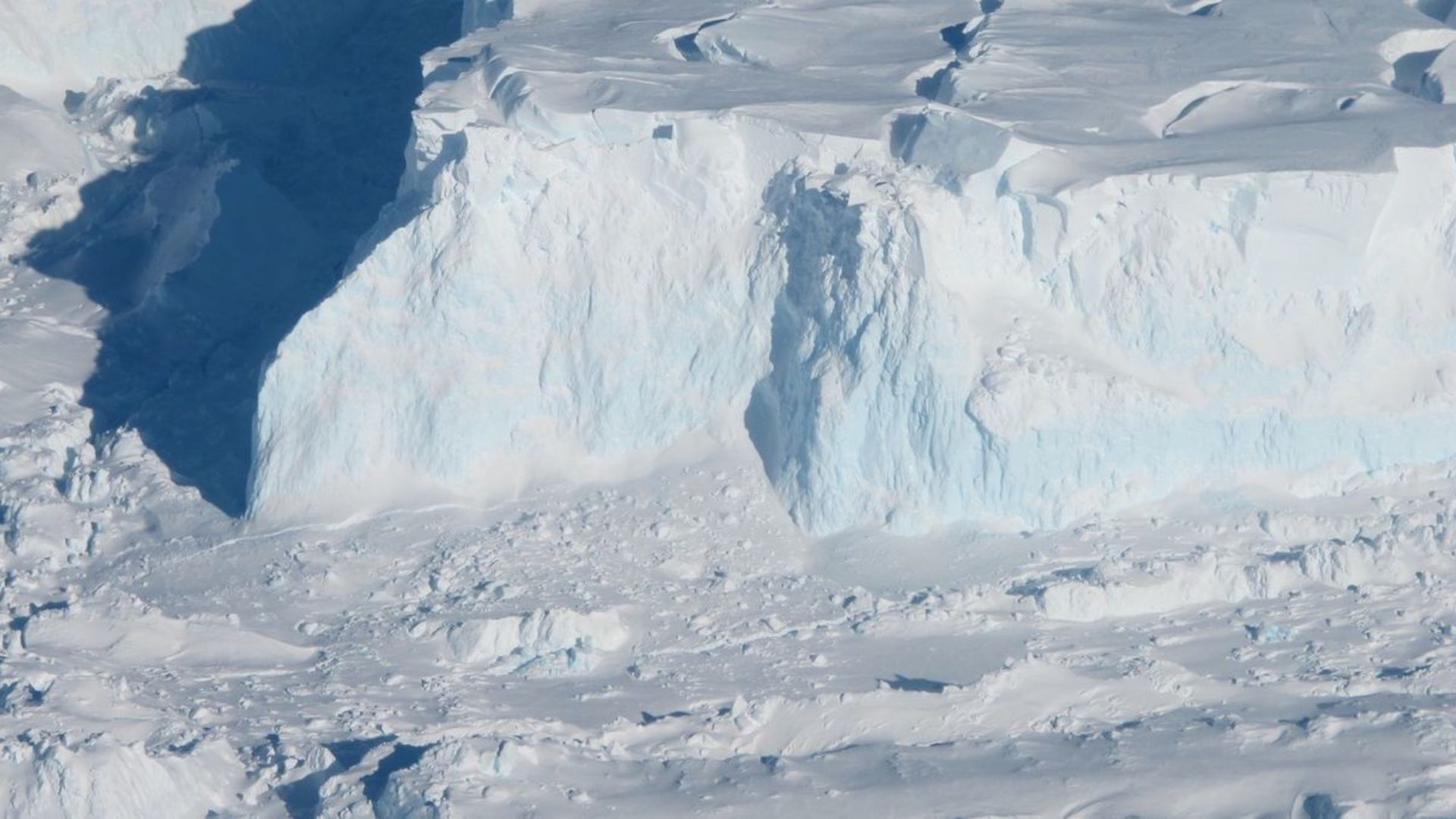
Scientists involved with the studies at UC Irvine and the University of Waterloo argue that more funding is necessary to study the problem extensively.
Dow noted that with increased research, “ the models and focusing our research on these critical glaciers, we will try to get these numbers at least pinned down for decades versus centuries. This work will help people adapt to changing ocean levels, along with focusing on reducing carbon emissions to prevent the worst-case scenario.”








































